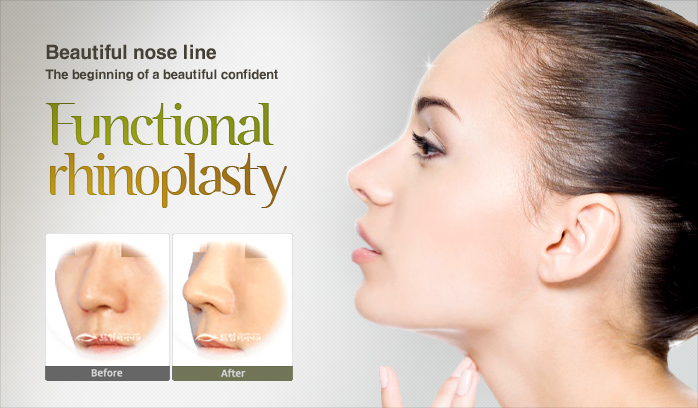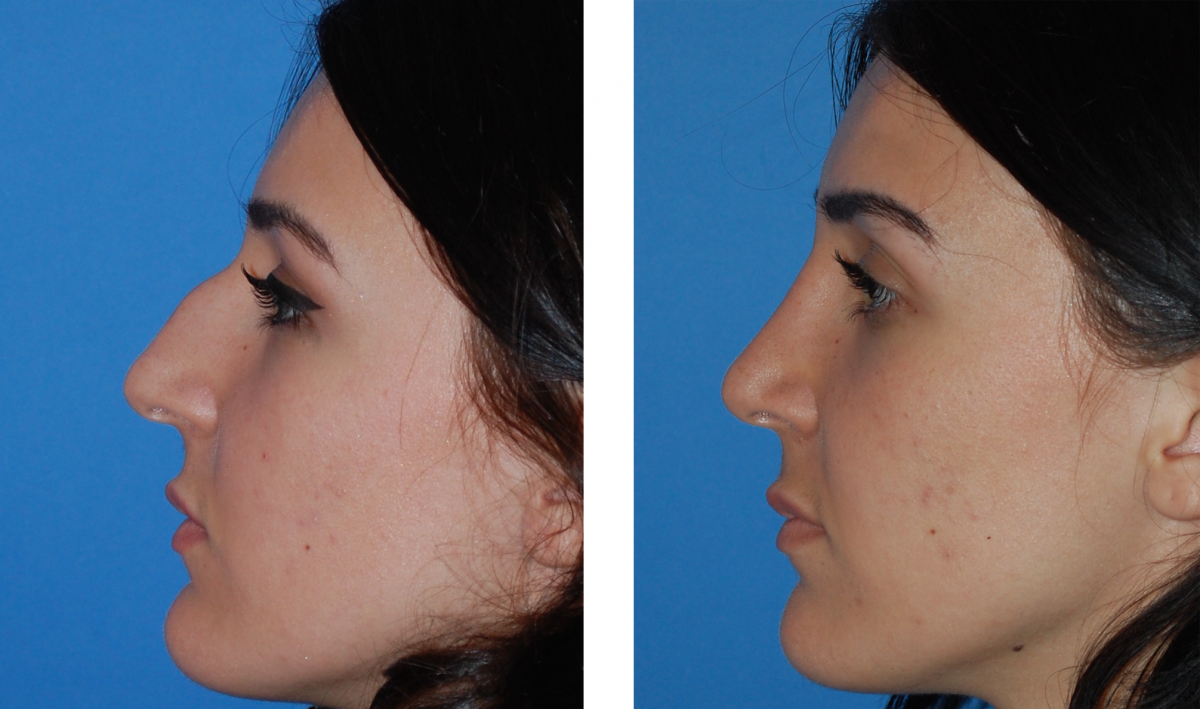Functional Rhinoplasty
The term rhinoplasty in general refers to plastic surgery performed to make changes to the internal and external structures of the nose. While this may be performed for purely cosmetic reasons to improve appearance, often the primary or simultaneous goal is to restore the ability to breathe through the nose. In this case, the surgery is more specifically referred to as a functional rhinoplasty. This is different from a septoplasty, which involves only repair of the internal wall that divides the nasal cavities, or from a cosmetic rhinoplasty, which is done to improve appearance. A functional rhinoplasty typically involves repair of the nasal valves which is the medical term for the internal cartilage valves within the nostrils. These can be congenitally narrow(meaning you are born that way) collapse with age or can be scarred from prior surgery. While surgery on the nasal valves is usually performed to restore breathing it typically necessitates some type of change to the appearance of the nose.
RISKS
There are potential complications that every surgical candidate should be aware of before proceeding with the procedure which include (but are not limited to):
- Complications of anesthesia
- Epistaxis (nosebleed)
- Septal perforation (hole in internal wall of the nose)
- Unsatisfactory appearance
- Need for revision surgery
- Infections
- Worsening (rather than improvement) in the nasal breathing.
Benefits
An improvement in nasal airflow is the primary benefit of a rhinoplasty performed for functional reasons. The procedure may also straighten the nose repair post-traumatic or congenital deformities and improve the appearance.


